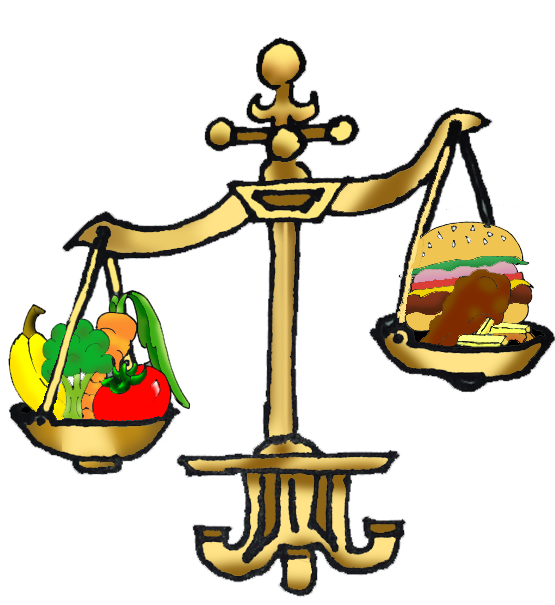Fried food batters health rates
Would you rather have a delicious plate of cornbread, collard greens, and baked beans, surrounding a big fried chicken breast or a healthy plate of roasted carrots, sauteed asparagus, and a baked tilapia filet? A lot of people would say the one with fried chicken, obviously, but would you also like a side of high blood pressure, type 2 diabetes, or raised risk of stroke with it? Although many people today would still choose the fried meal you may wonder why someone would choose the baked meal. The answer may surprise you.
Although baked food is better overall fried food is more readily available during this time. Fast food restaurants make it cheaper to get french fries with meals because the can produce mass quantities is a short period if time. Places like Popeye’s, Bojangles’, Zaxby’s sell fries with their food and are very popular in this community.
Although Chick-fil-a also sells fries with their food they have recently added a “superfood” side. This dish has 140 calories whereas waffle fries have 400. Forty-four percent of Americans eat at fast food restaurants such as those mentioned above at least once a week. Eating fried fast food this regularly can also aid in the development of health problems. The difference between baked and fried food is usually 250 calories and 21.4 grams of fat.
According to The Heart and Stroke Association more than 750,000 Americans suffer a stroke each year. Twenty percent of these people eat fried foods regularly. Most people who eat fried foods live in the south. Ten southern states are included in the ”stroke belt”. These states include Alabama, Arkansas, Georgia, Indiana, Kentucky, Louisiana, North Carolina, South Carolina, Tennessee, and Virginia. This is where the most strokes in America happen.
Considering that Virginia is one of the states in the stroke belt do you think people would be more concerned with what they eat? According to the numbers, people have not changed their way, but hopefully the information provided will help bring about a change. The big question is…what’s on your plate?
Your donation will support the student journalists of Tunstall High School. Your contribution will allow us to purchase equipment and cover our annual website hosting costs.

Teaira DeJarnette is a sophomore and this is her first year in journalism. She doesn't like fried chicken, but enjoys Starbucks and singing. Teaira is...








